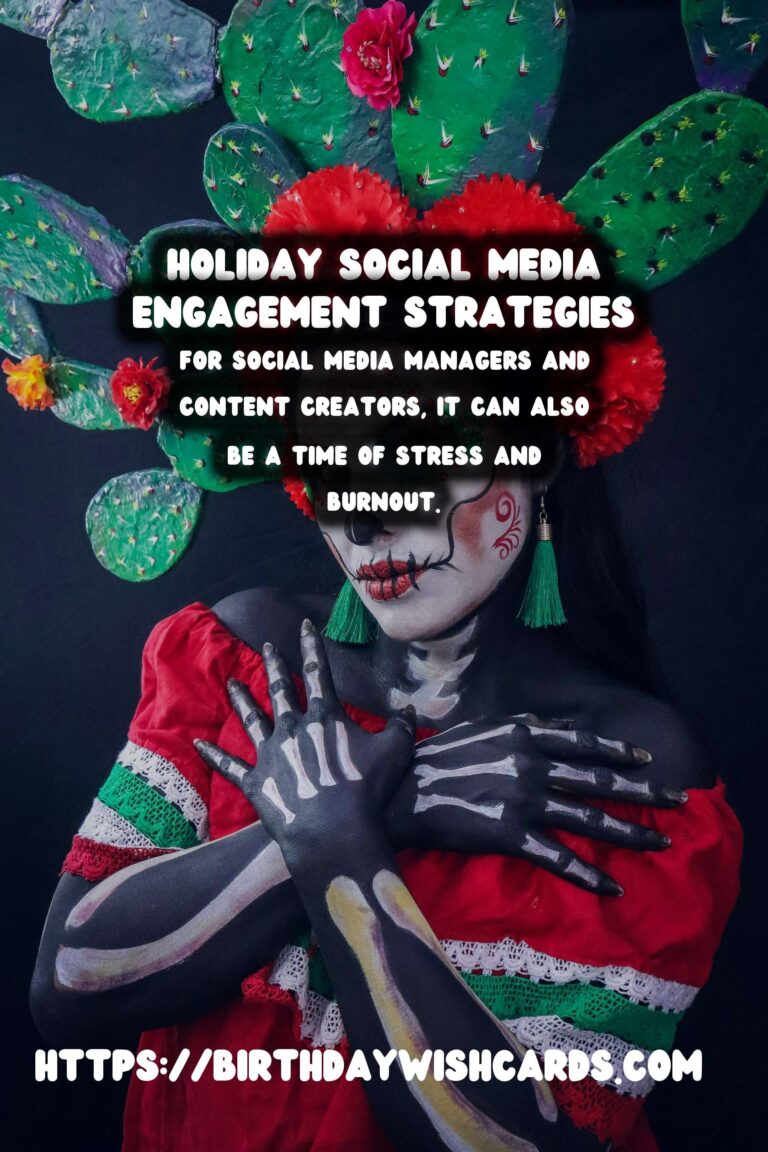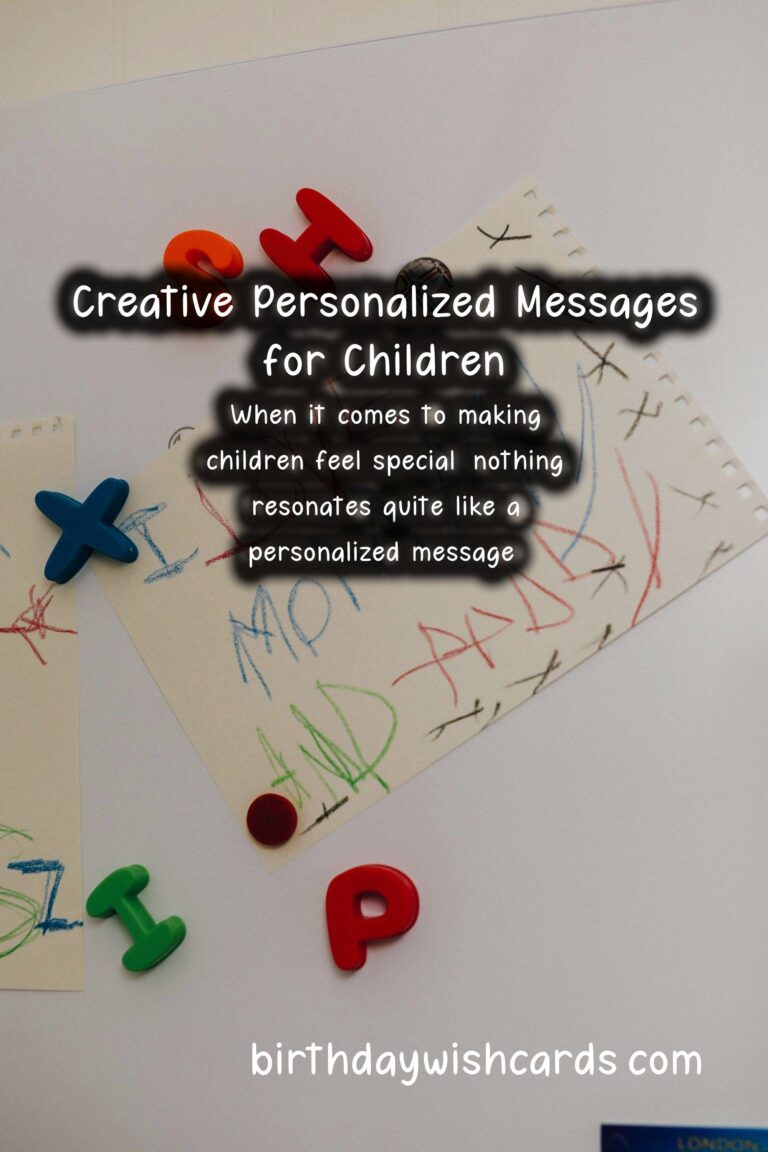Hanukkah Rituals and Traditions Explained
Hanukkah Rituals and Traditions Explained
Hanukkah, also known as the Festival of Lights, is a significant Jewish holiday celebrated for eight days and nights. It commemorates the rededication of the Second Temple in Jerusalem and the miracle of the oil that lasted eight days. This article delves into the various rituals and traditions associated with Hanukkah, explaining their meanings and importance in Jewish culture.
The Story of Hanukkah
To understand the rituals and traditions of Hanukkah, it is crucial to know its historical background. In the 2nd century BCE, Jewish fighters known as the Maccabees revolted against the Seleucid Empire, which sought to impose Hellenistic culture and religion upon them. After their victory, the Maccabees rededicated the Second Temple and found only enough consecrated oil to last one day for the menorah. Miraculously, this oil lasted for eight days—enough time to prepare a new supply. This miracle lies at the heart of Hanukkah.
Lighting the Menorah
The central ritual of Hanukkah is the lighting of the menorah, a nine-branched candelabrum. Each night, an additional candle is lit until all eight candles burn brightly on the final night. The ninth candle, known as the shamash, is used to light the other candles. The menorah is placed in a location where it can be seen from the outside, symbolizing the importance of publicizing the miracle of Hanukkah.
Hanukkah Blessings
Before lighting the menorah, specific blessings are recited. On the first night, three blessings are said, while on subsequent nights, only two are recited. These blessings express gratitude to God for the miracles, the commandments, and the opportunity to celebrate the holiday.
Traditional Foods
Food plays a vital role during Hanukkah, with certain dishes symbolizing the holiday’s themes and history. Latkes, or potato pancakes, are perhaps the most popular dish, fried in oil to commemorate the miracle of the oil. Another traditional food is sufganiyot, jelly-filled doughnuts, which are also fried in oil.
Playing Dreidel
Another beloved tradition during Hanukkah is playing dreidel, a spinning top with four sides, each marked with a Hebrew letter: Nun, Gimel, Hey, and Shin. These letters stand for the phrase “Nes Gadol Hayah Sham,” meaning “A great miracle happened there.” Players gamble with chocolate coins, known as gelt, adding an element of fun and camaraderie to the celebration.
Hanukkah Gifts
While Hanukkah is not a time for gift-giving in the same way that some other holidays are, it has become customary in many families to exchange gifts, especially for children. Gifts can range from small trinkets to more significant items, often given on each of the eight nights of Hanukkah.
Community Celebrations
Many Jewish communities host public celebrations during Hanukkah, including menorah lightings, concerts, and cultural events. These gatherings serve to unite communities and strengthen cultural identity.
Hanukkah in Modern Times
While the essence of Hanukkah remains the same, how it is celebrated has evolved. Modern Jewish families often incorporate elements from different cultures, blending traditional customs with contemporary practices. This adaptability allows Hanukkah to remain relevant and enjoyable for new generations.
Conclusion
Hanukkah is a time for joy, remembrance, and connection. Its rituals and traditions reflect resilience and hope, and they invite everyone to share in the spirit of the Festival of Lights. By understanding and celebrating these customs, individuals can appreciate the rich history and cultural significance of Hanukkah.
Hanukkah, also known as the Festival of Lights, is a significant Jewish holiday celebrated for eight days and nights.
The lighting of the menorah is a central ritual of Hanukkah, symbolizing the miracle of the oil.





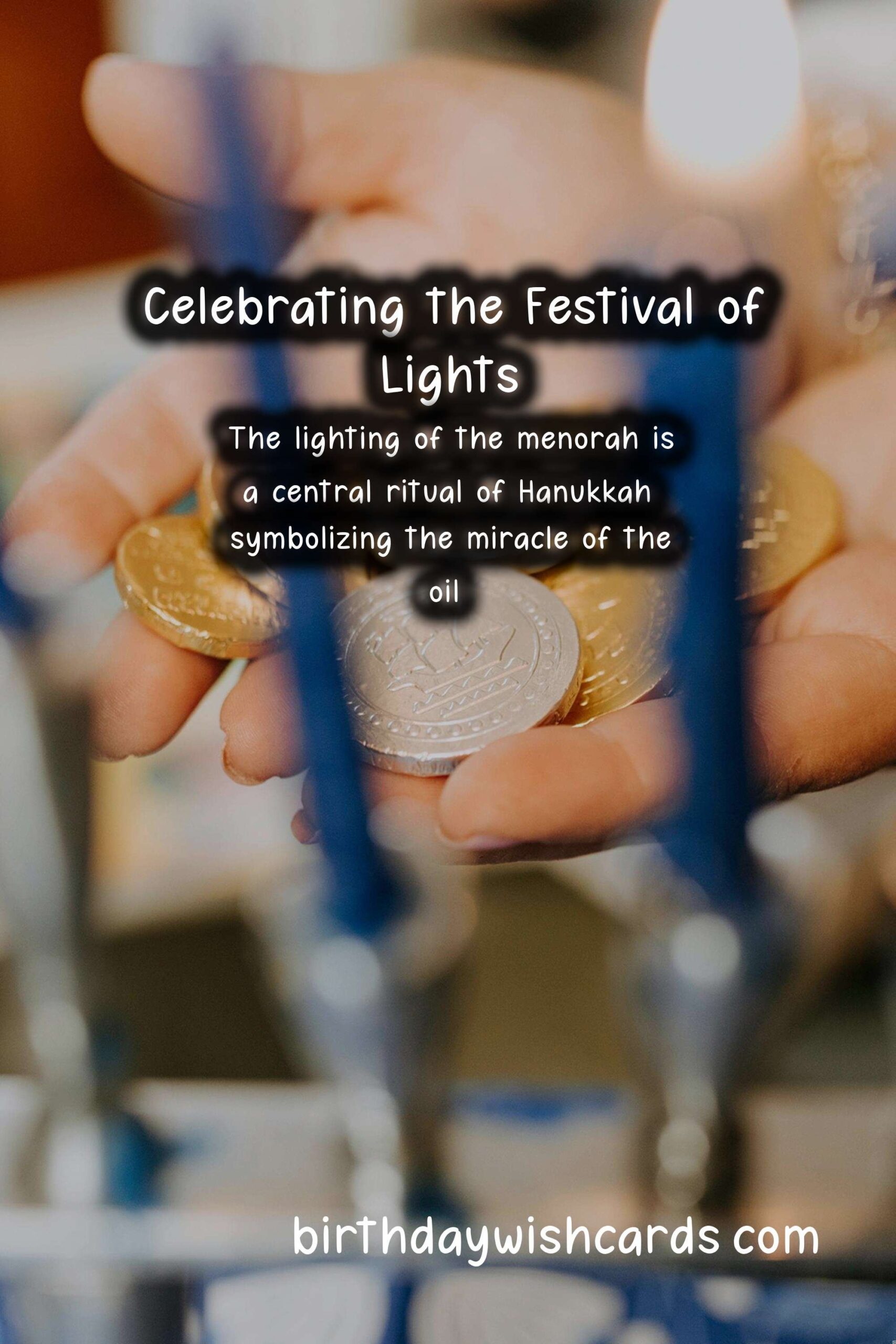

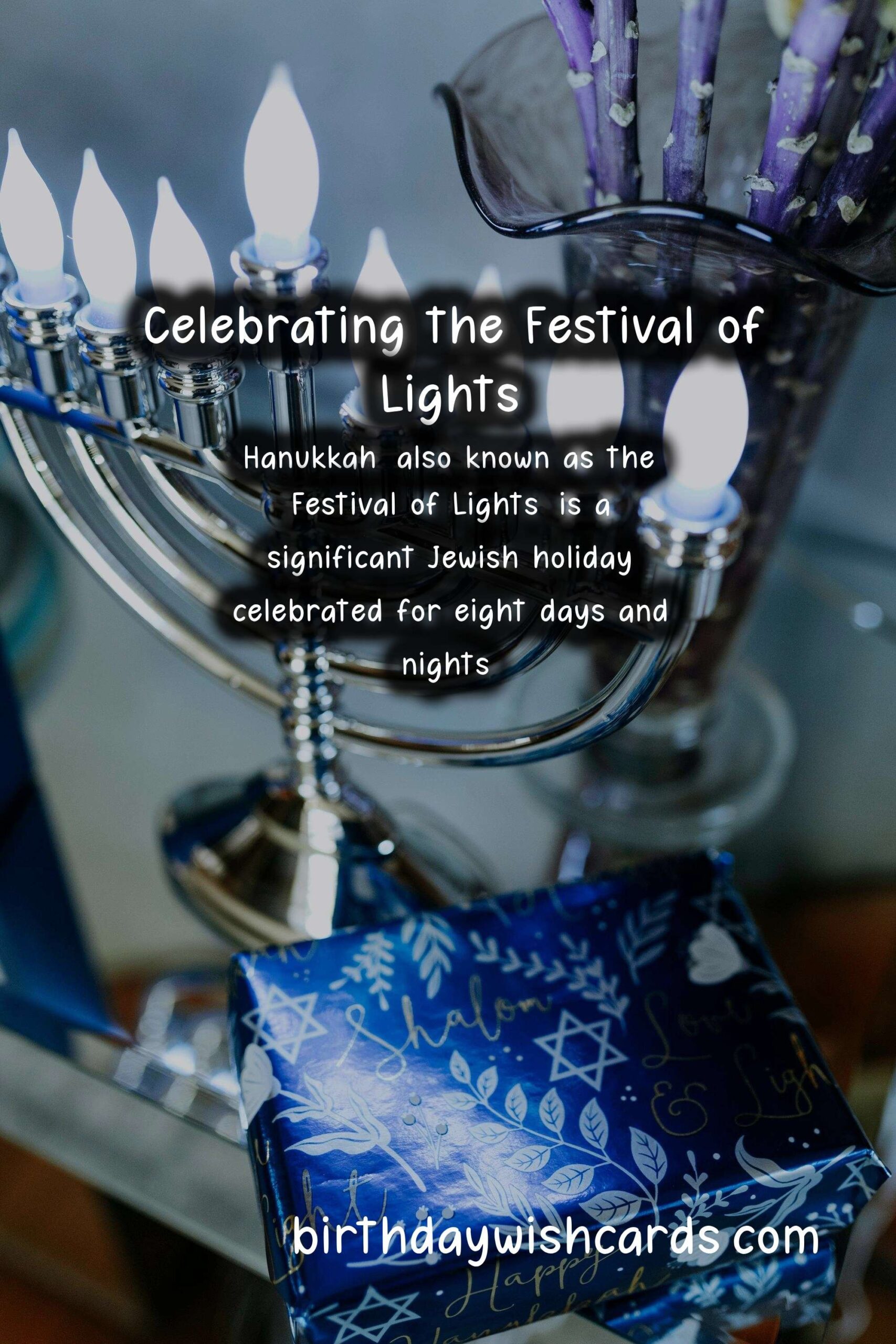

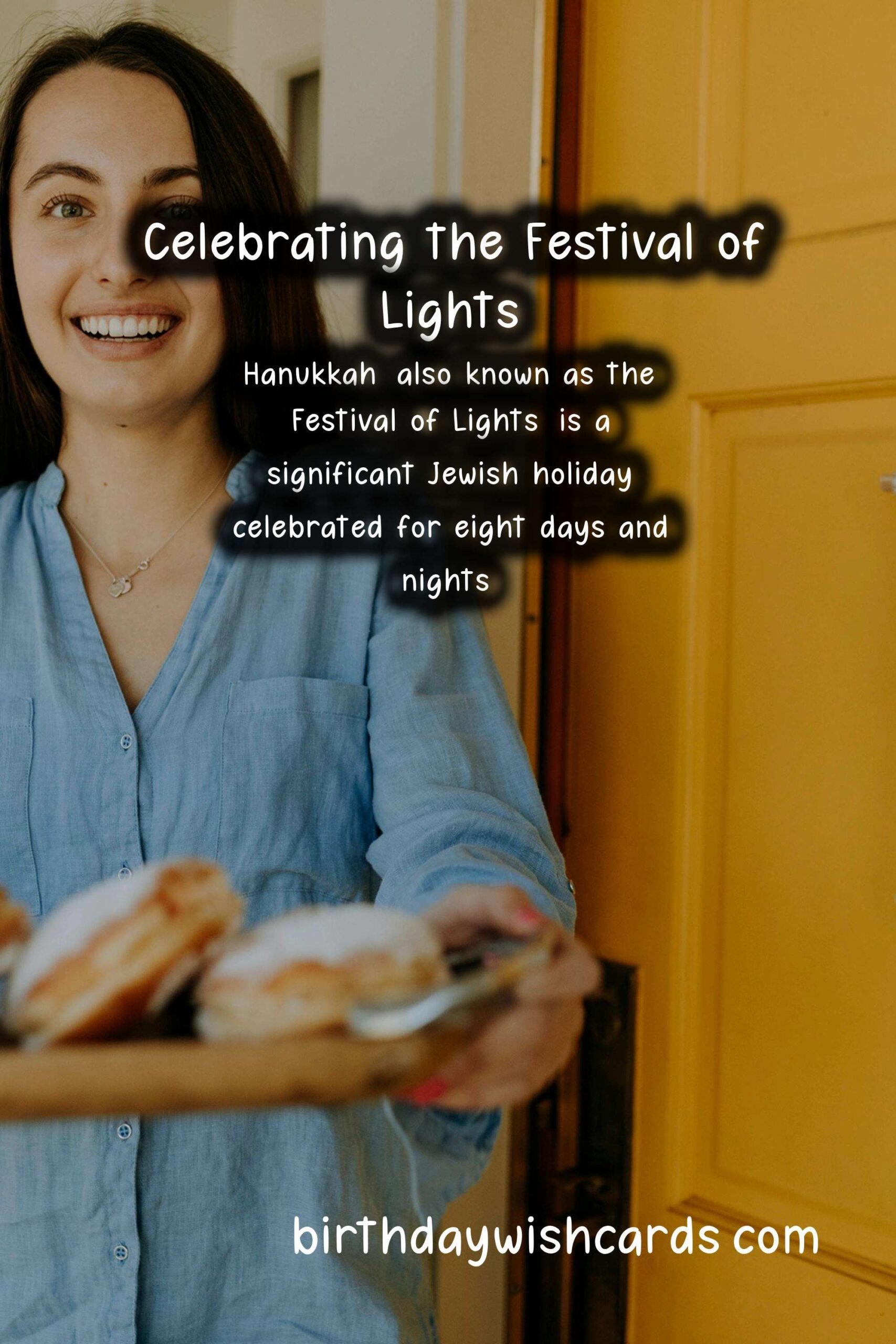
#Hanukkah #JewishTraditions



